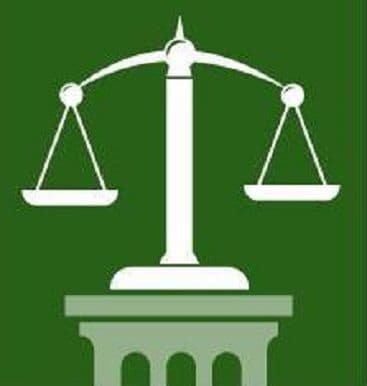Please note, our law firm took no part in the lawsuit described in this article.
A driver of a United Telephone utility bucket truck hit and killed a horse on a country road at night near Chimacum, Washington. He left the scene and drove about a quarter mile to his office to have another employee assist him. After he left the scene another motorist struck the dead horse and was injured.
A lawsuit followed eventually leading to a $2.7 millions verdict. United Telephone appealed arguing that the trial court erred in instructing the jury that the utility truck driver had a statutory duty to stop and remain at the scene.[1]
At the time he left the scene the utility truck driver did not believe the collision killed the horse or that it was blocking the road. He did not have a cell phone, a working truck radio, or a charged flashlight. United Telephone equipped the truck with a strobe light, reflective safety cones, and flares, but he thought it prudent to get help rather than turn his truck around or expose himself to traffic by securing the accident scene alone. At the time of the accident, United Telephone policy was that in the case of an accident a driver should stop immediately, safely park, and take steps to prevent further accidents.
The court instructed the jury on the hit-and-run statute which requires motorist to remain at the scene of an accident. United Telephone argued that the hit-and-run statute was intended to prevent people from leaving the scene of an accident without identifying themselves; it was not intended to prevent subsequent accidents. The Court of Appeals found the argument persuasive.
But the Court of Appeals noted that the issue was not preserved because defense counsel did not apprise the trial judge of the specific nature and substance of his objection. Court rules require that a party objecting to jury instructions state distinctly the matter objected to and the grounds of the objection, specifying the number, paragraph or particular part of the objected instruction. This procedure allows the trial court to correct mistakes in instructions and avoid the unnecessary expense of a new trial.
The Court also found the trial court’s error to be harmless because there was “overwhelming evidence” of the utility truck driver’s wrongdoing. United Telephone equipped the truck with a strobe light, reflective safety cones, and flares. Company safety rules require the driver to secure the scene after an accident. The driver did not know whether the horse was dead, but drove from the scene without stopping at once and setting out warning devices as required by company policy.
The Court of Appeals upheld the $2.7 million verdict.
